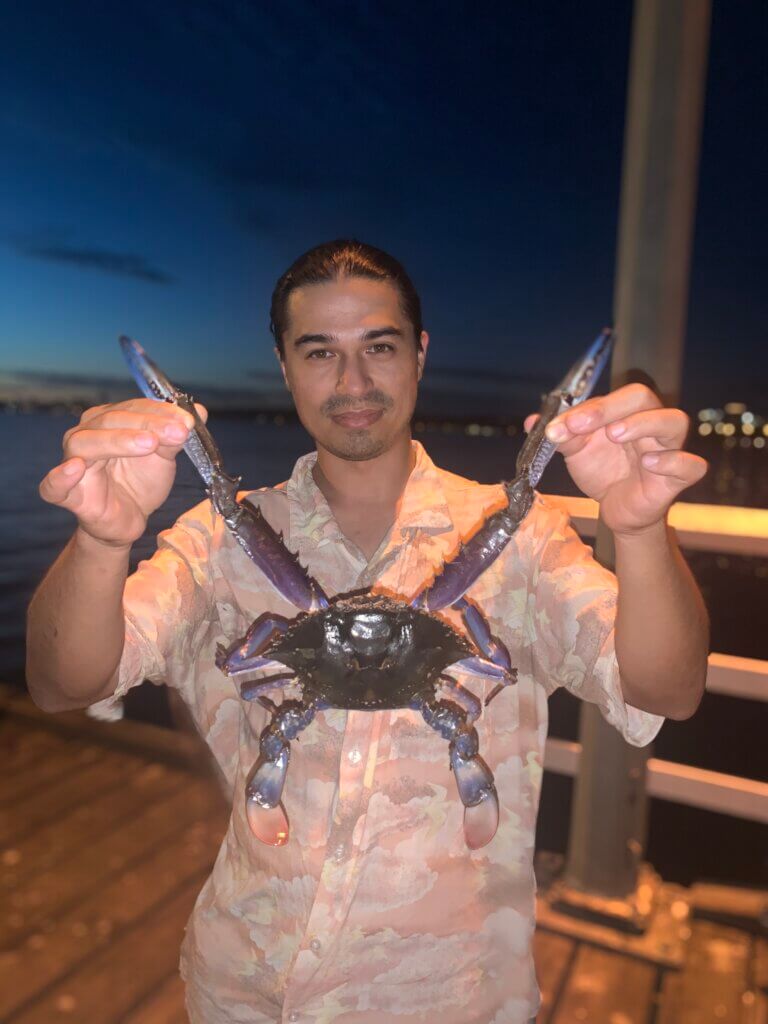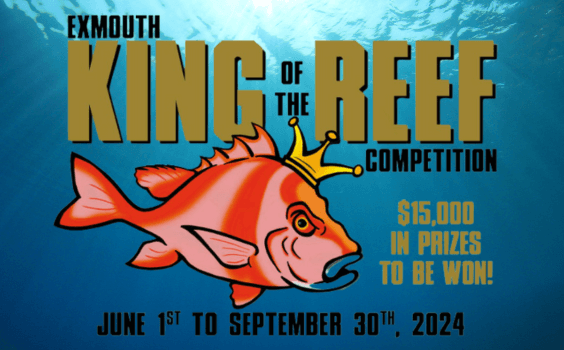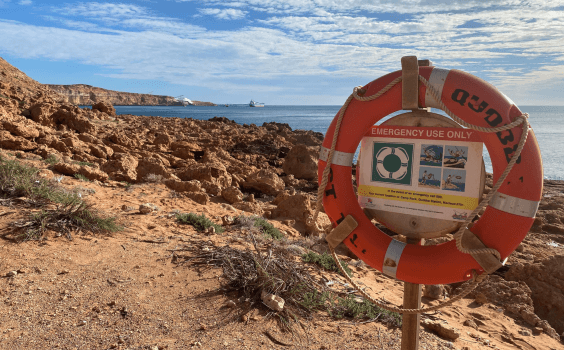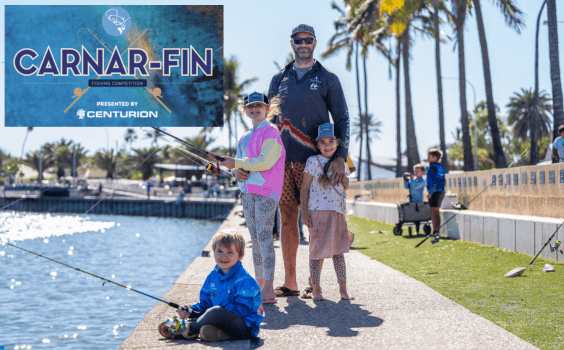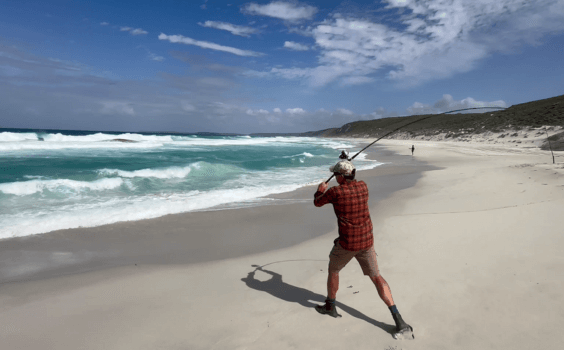‘Tis the season to be jolly… especially if you live in the metro area and love catching a feed of crabs, writes Western Angler editor Scott Coghlan in this week’s edition of Scott’s Species.
Eating: 5 stars
The start of December marked the opening of the new crab season for Perth through to near Bunbury, under rules brought in a couple of years ago to improve the quality of this crucial recreational fishery.
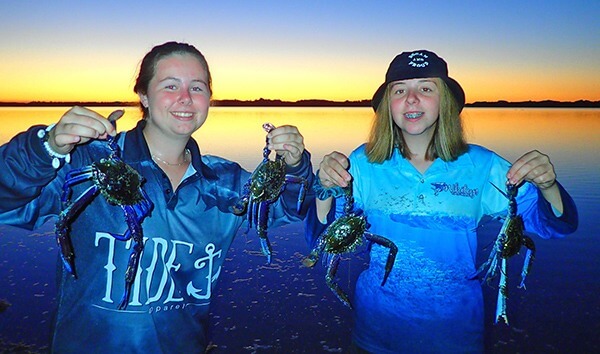
Catching blue swimmers, also known as blue mannas, is an iconic WA fishing pastime beloved by West Australians for many years.
Indeed, it is one of the most popular fisheries in WA these days in terms of participation, with blue swimmers found along almost the entire WA coastline, with Shark Bay and Geographe Bay also popular locations for catching them.
But when it comes to catching crabs there are plenty of people who reckon the Swan River blueys are definitely the cream of the crop.
While the Peel-Harvey Estuary has been the biggest WA blue swimmer fishery for decades, metro crabbers reckon the Swan specimens put others to shame, both with size and eating quality.
There are two main ways to catch crabs for recreational fishers, crab nets and scoops.
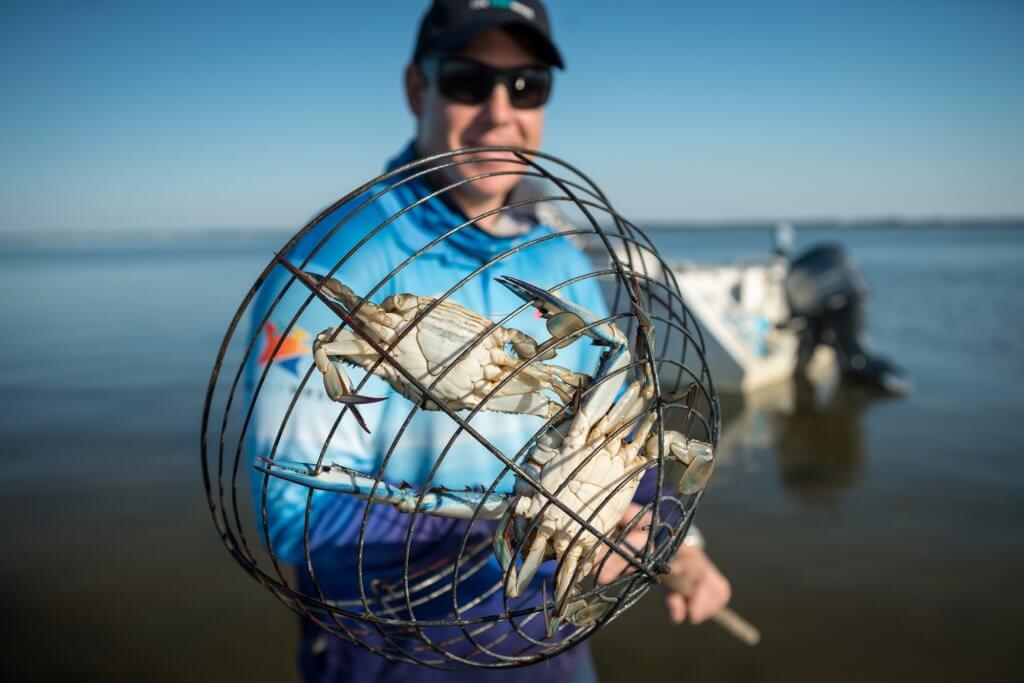
For many people nets are the way to go for a variety of reasons, not the least of which is ease of use.
They bring the crabs to you, just bait the nets with a suitable bait (fish heads, lamb necks) and check them every so often, which is great for fishing off a jetty or from a boat.
It also means you can chase them in deeper water, which can often be important to success.
And it makes for a fun day, checking the nets regularly while enjoying your time on the water and experiencing the anticipation of each pull and seeing if any crabs materialise as the net nears the surface. Kids love to watch the net come up.
It’s very effective and probably the main way of catching blue swimmers for most people, especially in the Swan.
The other method is using a crab scoop while wading the shallows.
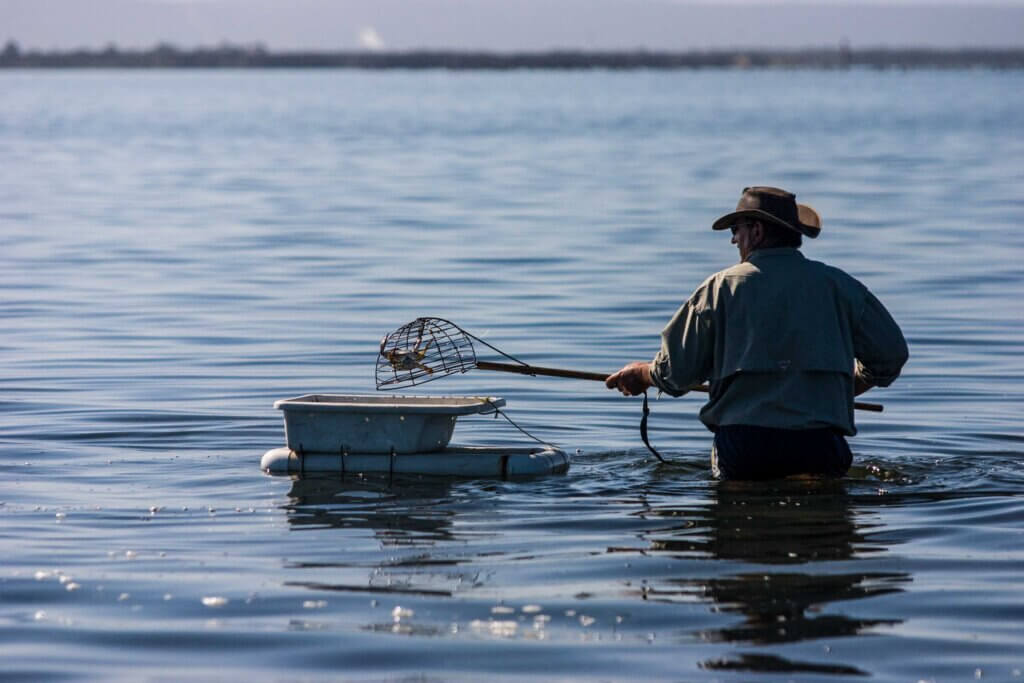
There are spots in the Swan where this can be done, while Mandurah is ideal for it.
There are other estuaries where we’ve done it in the South West. Personally, I love this hunting way of catching them.
A nice still warm night wading the shallows with a bright headlamp is a fantastic way catch a feed.
You also see all the other life in the night shallows, such as bream, whiting, blowies, cobbler, prawns and stingrays.
Obviously you need shallow water and clear conditions for scooping, and it can certainly also be done during the day, but it is easier to spot them at night with a bright light, plus there are often more crabs in the shallows after dark.
Spotting a crab is not always easy, but it’s very satisfying when you see one and sneak up on it with a scoop.
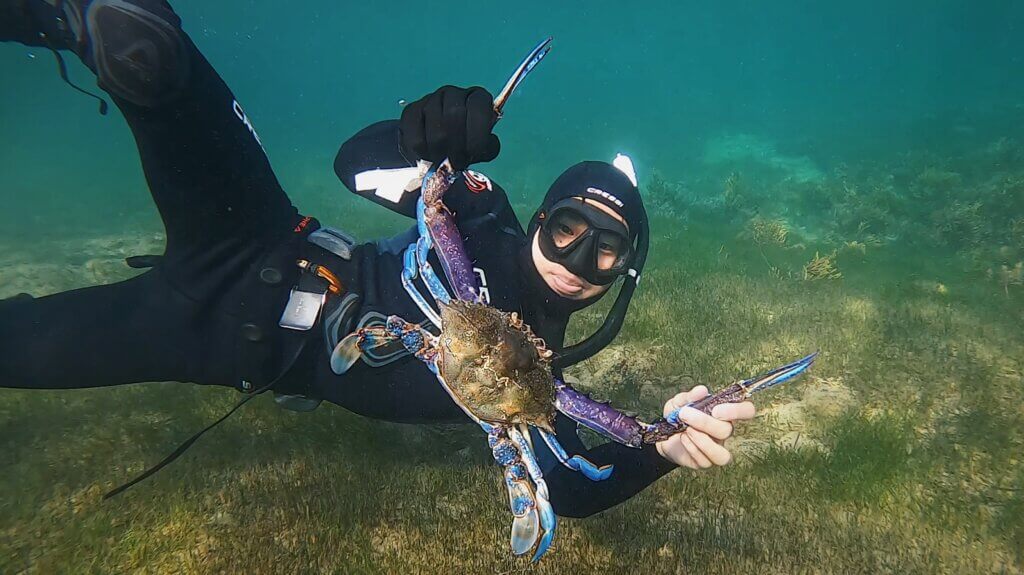
Sometimes they see you coming and get moving, making for fun as you try to chase them with the scoop.
If you stir up the bottom it can become impossible to see them, and then you might get a nasty shock if one bites back with those sharp claws!
For that reason it pays to have some sort of footwear as protection from crabs, and other sharp objects.
While many crabs will be easily spotted sitting over the sand, sometimes they are well concealed and many anglers have been surprised by an angry bluey while walking a sand flat in South West estuaries.
If wading the flats you also need something like a floating basket to put the crabs in, so you don’t need to return to shore each time you catch one.
Don’t forget the measuring gauge, so you can check they are all legal size.
Crabs are fast maturing, and for that reason they will get bigger in average size as the season progresses.
Catching them is a lot of fun and I don’t need to tell anyone about the eating qualities of blue swimmers, no matter which way you cook them they taste absolutely fantastic!
